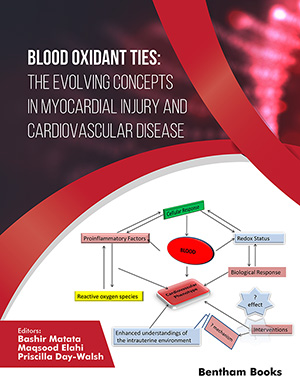Abstract
It is well known that solid cancers are associated with thromboembolic complications, but recent studies have shown that the incidence of thrombosis may be as high (or even higher) in patients with malignant haematological disorders. However, this may be obscured by the significant morbidity and mortality due to other complications of haematological malignancies, such as bleeding and infections. The vast majority of patients with haematological neoplasias also have clinically silent haemostatic abnormalities, but some may show clinical manifestations, including venous thromboembolism, pulmonary embolism, disseminated intravascular coagulation and life-threatening thrombohaemorrhagic syndrome in acute leukaemias. The pathogenesis of thromboembolic disease in haematological malignancies is complex and multifactorial: tumour cell-derived procoagulant, fibrinolytic or proteolytic factors and inflammatory cytokines affect clotting activation, and chemotherapy and anti-angiogenic drugs increase thrombotic risk in patients with lymphoma, acute leukaemia and multiple myeloma. Infectious complications are another important factor: endotoxins from gramnegative bacteria induce the release of tissue factor (TF), tumour necrosis factor (TNF) and interleukin-1b (IL-1b), and gram-positive organisms can release bacterial mucopolysaccharides that directly activate factor XII. Leukaemic patients may be affected by other prothrombotic factors, including hyperleukocytosis, increased TF expression and activation, and the prothrombotic properties of therapeutic agents such as all-trans retinoic acid and L-asparaginase, which can induce thrombosis involving multiple organs. The very high risk of haemorrhage in these patients warrants prospective randomised trials evaluating optimal anti-thrombotic prophylaxis and treatment.
Keywords: Venous thromboembolism, haematologic malignancies, cancer, bleeding




























